Ecology & Biogeochemistry in Marine & Coastal Systems
Research Lab Overview
My research uses biogeochemistry to address questions regarding the function, structure and controls on the productivity and biologically-mediated nutrient cycling in terrestrial, aquatic, and marine ecosystems. Our lab group leads ecological assessment for the North Carolina Renewable Ocean Energy Program for which our work has focused on holistic environmental and ecosystem assessment of the Gulf Stream current environment and identifying and measuring impacts to key ecosystem elements, including primary producers and protected species, due to the introduction of structure and noise and changes in hydrokinetic energy as a result of renewable energy generation.
Our work relies upon collaboration between many experts with knowledge of various components of the ecosystems we study and the tools necessary to evaluate those components, including the following: passive acoustic monitoring in collaboration with Steve Lockhart (unaffiliated), microscopy in collaboration with Jennifer Wolny (MD DNR), genetic sequencing in collaboration with Ariane Peralta (ECU), optical characterization using satellite imagery and drone-based reflectance measurements in collaboration with Jinchun Yuan (ECSU), social-ecological systems in collaboration with Linda D’Anna (CSI/ECU), pairing physical and biological oceanographic measurements in collaboration with Mike Muglia (CSI/ECU), pairing biological measurements with oceanographic models in collaboration with Rouying He and Joe Zambon (NCSU), sea turtle tagging and tracking in collaboration with Larisa Avens (NOAA), nitrogen cycling in collaboration with Michael Piehler (UNC Chapel Hill), diving and photographic methods in collaboration with John McCord (CSI), and local knowledge including that of Michael Remige (Jennette’s Pier, NC Aquariums), Ernie Foster (Albatross Fleet), Bryan Mattingly (Albatross Fleet), and Brian Patteson (Seabirding).
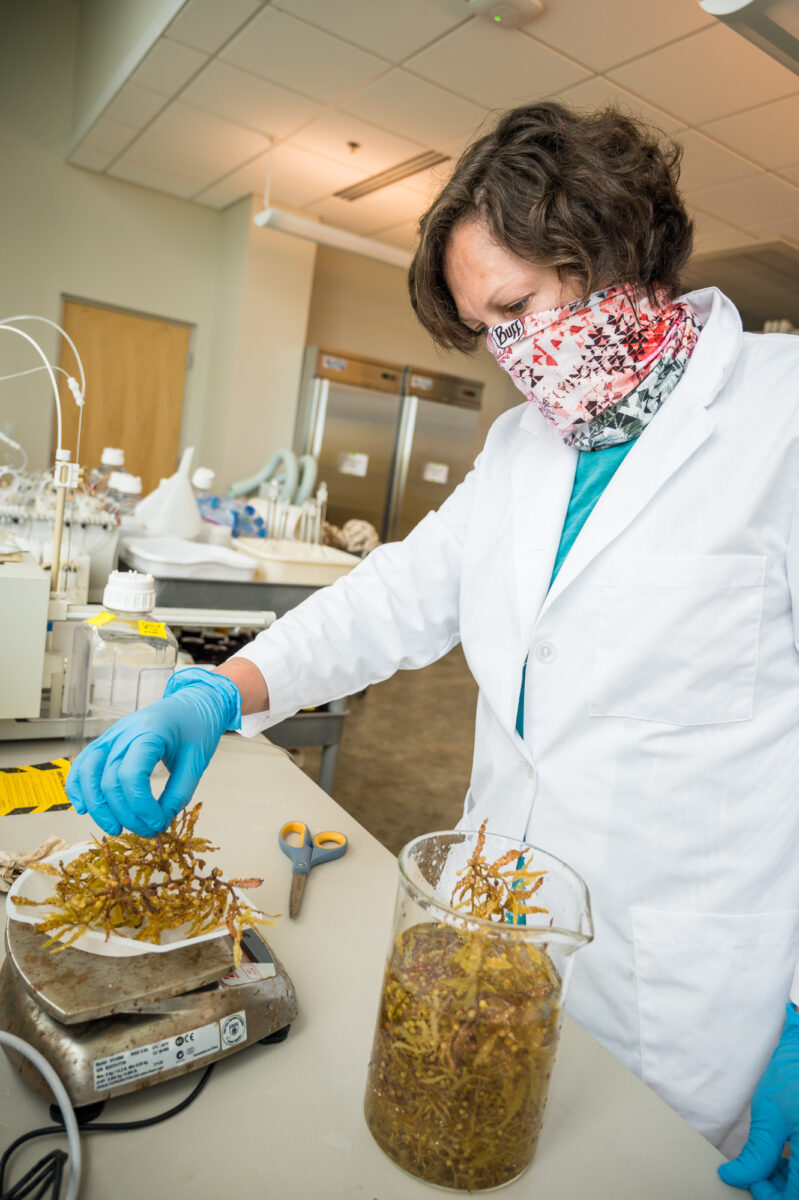
Contact Information:
Lindsay Dubbs
Research Associate Professor
Coastal Studies Institute and University of North Carolina at Chapel Hill
Director, Outer Banks Field Site Institute for the Environment, UNC-CH
Associate Director, NC Renewable Ocean Energy Program, CSI
252-475-5492
dubbs@ecu.edu and dubbs@email.unc.edu
Lab group members
Claire Johnson – Ph.D. student, UNC-Chapel Hill, E3P program
Rebekah Littauer – ECU
Current and Recent Research Projects
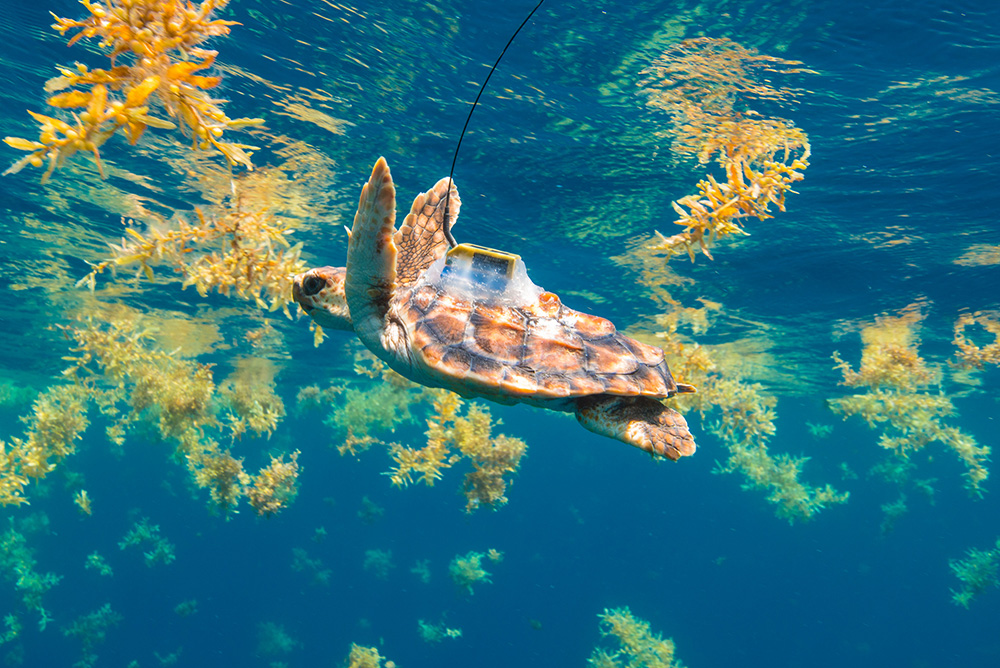
Marine Renewable Energy Holistic and Integrated Environmental and Ecological Impact Assessment
We are focused on characterizing the environment and ecology of areas of interest for renewable ocean energy – primarily the Gulf Stream off the tip of Cape Hatteras – and experiment with how and to what extent renewable ocean energy may affect elements of the ocean off the coast of North Carolina. The Gulf Stream has been one of the foci of the North Carolina Renewable Ocean Energy Program (NCROEP) because of its potential to provide substantial baseload marine hydrokinetic power. Our work in the Gulf Stream is aimed at characterizing the region’s pelagic biogeochemistry and ecology to understand the presence and distribution of protected organisms – including sea turtles, marine mammals, and pelagic Sargassum – and the role of this region in the productivity and nutrient cycling of the North Atlantic and world. This work is done in collaboration with Steve Lockhart (unaffiliated), Jinchun Yuan (ECSU), Linda D’Anna, and Mike Muglia (CSI/ECU), Rouying He and Joe Zambon (NCSU), Larisa Avens (NOAA), and John McCord (CSI/ECU).
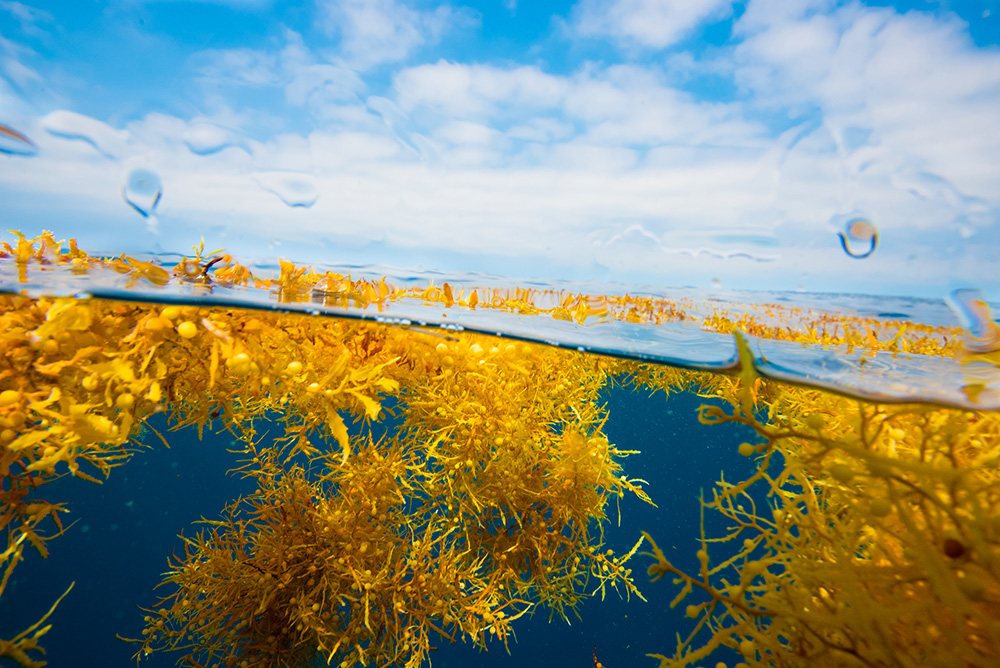
Function, Structure, and Controls of Pelagic Sargassum Ecosystems
A diverse community of phytoplankton and two species of Sargassum, a genus of macroalgae, serve as the basis of the pelagic food web in the GS; they are the primary producers in the ecosystem. Sargassum further provides habitat for numerous bacteria, fungi, invertebrates, fish, and sea turtles. Both macro- and microalgae are influenced by environmental factors at various scales, including nutrient concentrations and hydrodynamics. Our work is aimed at understanding the distributions, community composition, and rates of production by primary producers associated with Sargassum, seasonally and as related to oceanographic variables. We seasonally measure nitrogen fixation and primary production of Sargassum, characterize the associated microalgal communities, and measure nutrient concentrations surrounding Sargassum mats. We also conduct experiments aimed at determining how changes in energy and nutrients influence the community and its cycling of nutrients. Our data has established a long-term seasonal record of environmental indicators for this region that will be valuable for permitting and management decisions. Changes in rates of productivity, nutrient cycling, and community composition of primary producers have implications for higher trophic levels in the ocean (fish, marine mammals, etc.) and also potentially for human health as some phytoplankton we have identified in our samples are or can be toxic, bloom forming species. This work is being done in collaboration with Michael Piehler (UNC Chapel Hill), Jennifer Wolny (MD DNR), and Ariane Peralta (ECU).
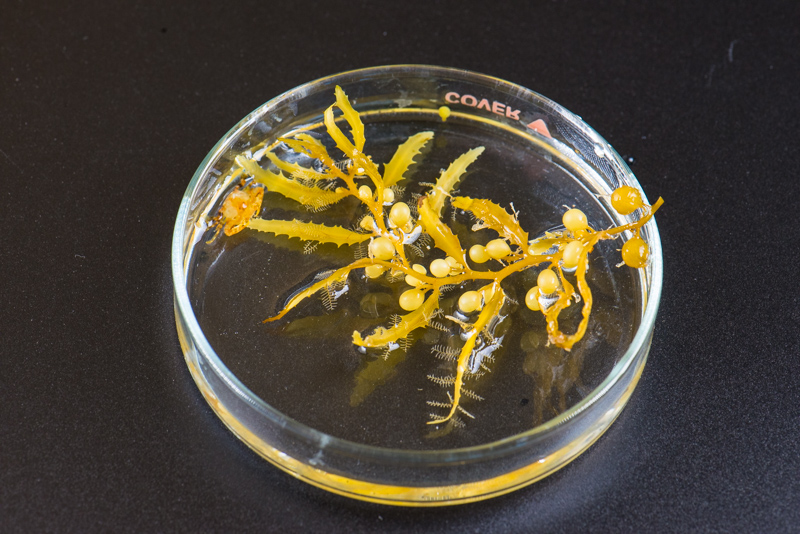
Characterization and Ecological Implications of Epiphytic Colonization
Soon after materials are placed in seawater, micro-organisms initiate a successional sequence of epiphytic colonization of surfaces. The community of colonizing organisms is unique to location, and also differs depending on surface materials, orientations, complexities and rugosities, water depths, or a combination of surface characteristics. While habitat creation as a result of structures installed in the marine environment can be viewed as a benefit, colonization of some surfaces can negatively influence some applications, referred to as biofouling, and/or can have negative ecological implications. Our work aims to understand structure and function of site-specific epiphytic community at Jennette’s Pier, which will be useful to estimates required for marine hydrokinetic design and performance calculations, fouling prevention and removal, and ecological questions. This work is being done in collaboration with Ariane Peralta (ECU) and Mike Remige (Jennette’s Pier, NC Aquariums).
Lab News
CSI Faculty Receive NSF Grant for Renewable Ocean Energy Research
Remote and island communities, like the Outer Banks, do not always have access to resilient energy sources during severe weather or other coastal hazards that jeopardize traditional grid power. When disaster strikes, it may be quite some time before such communities...
Guided Tours of ECU Outer Banks Campus Start This Fall
You've likely seen our building standing alone in the marsh, but have you ever come inside? Now is your chance to explore the ECU Outer Banks Campus. Commencing October 11, tours of the ECU Outer Banks Campus, home to the Coastal Studies Institute, will be held on the...
CSI Open House To Be Held June 4
Spend June 4th on Roanoke Island! Check out Dare Days in Manteo, grab some lunch in town, then come on over to the beautiful ECU Outer Banks Campus for the highly-anticipated revival of the Coastal Studies Institute’s annual Open House.After a two-year hiatus, CSI’s...
Related Research Focus Areas
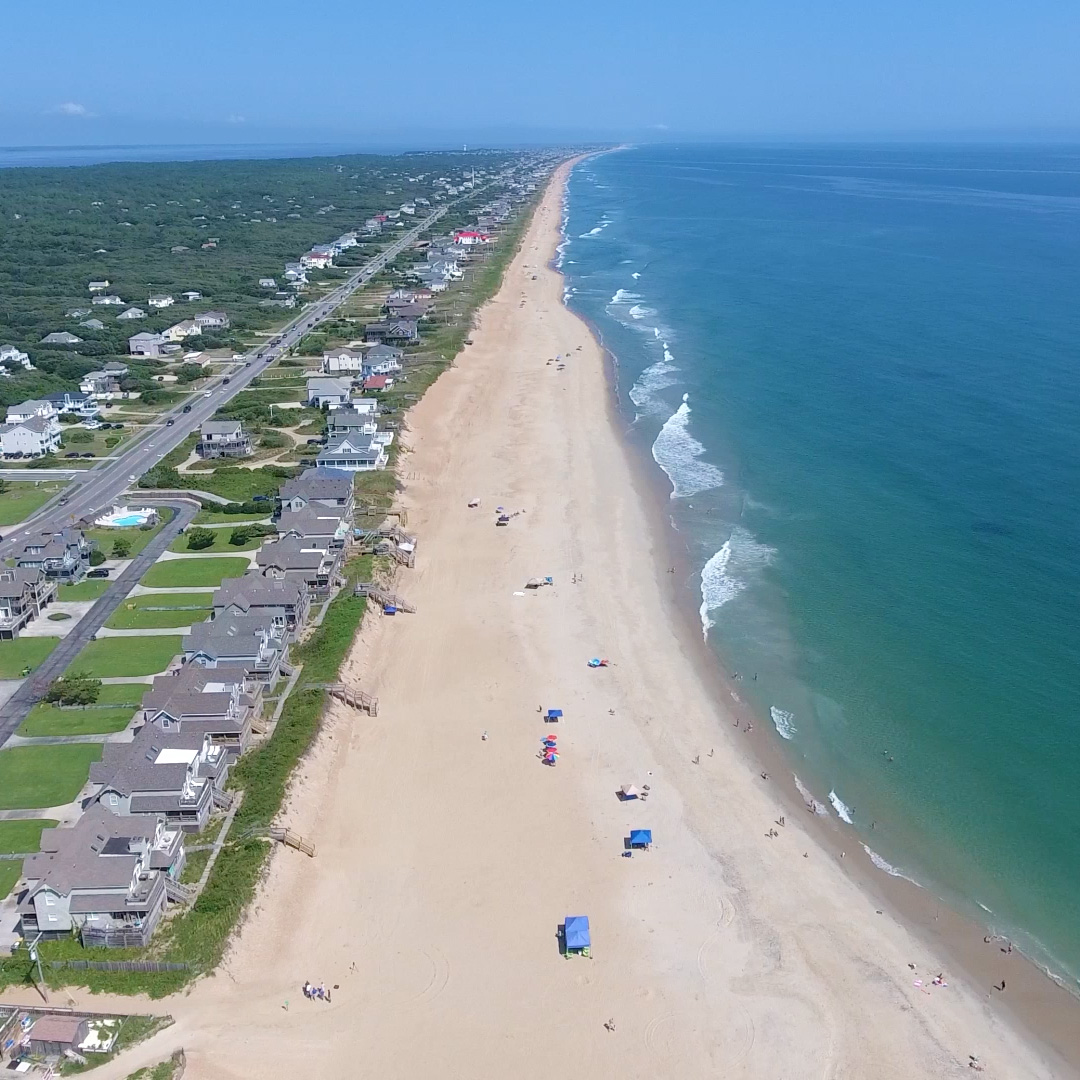
Coasts
&
People
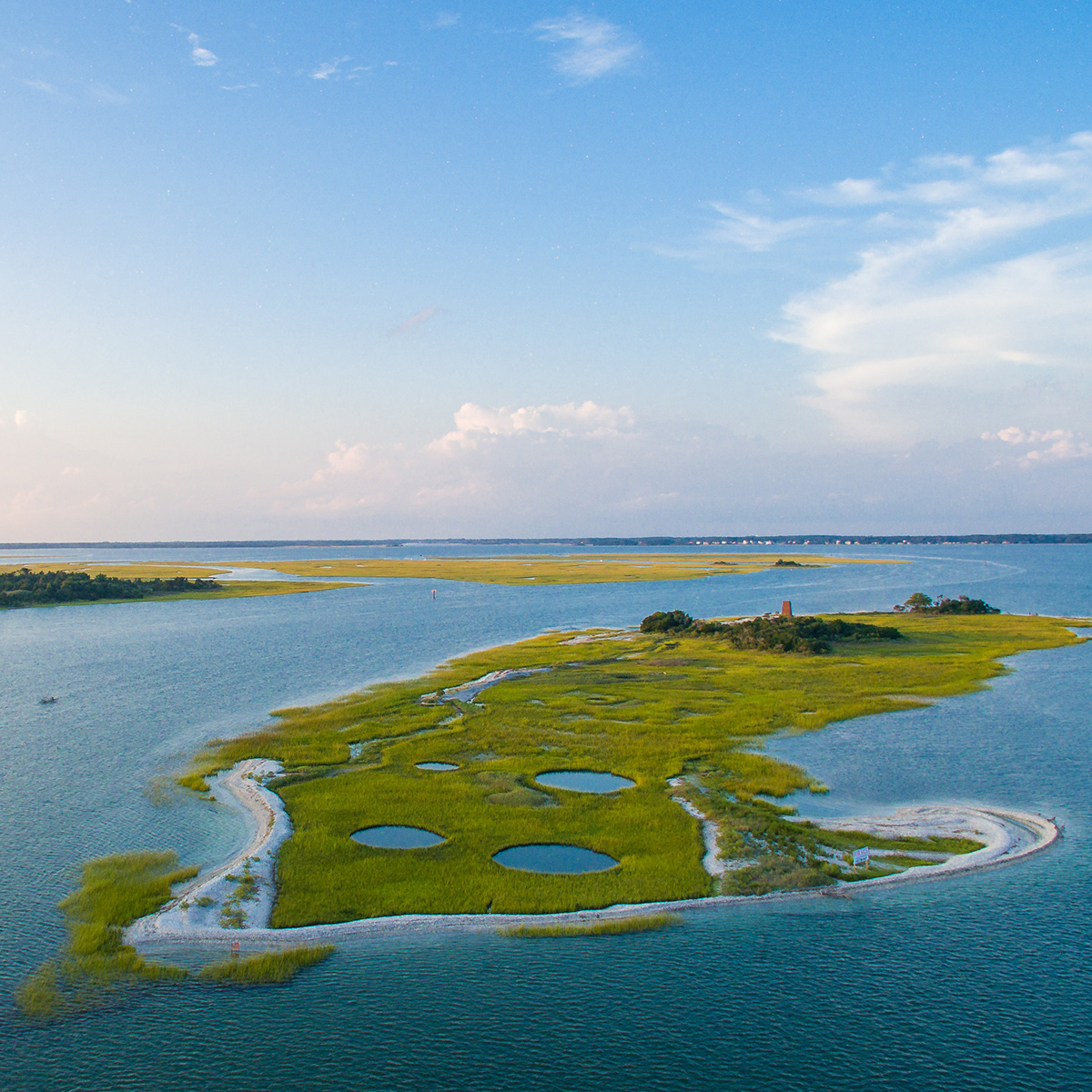
Marine
&
Coastal Ecosystems
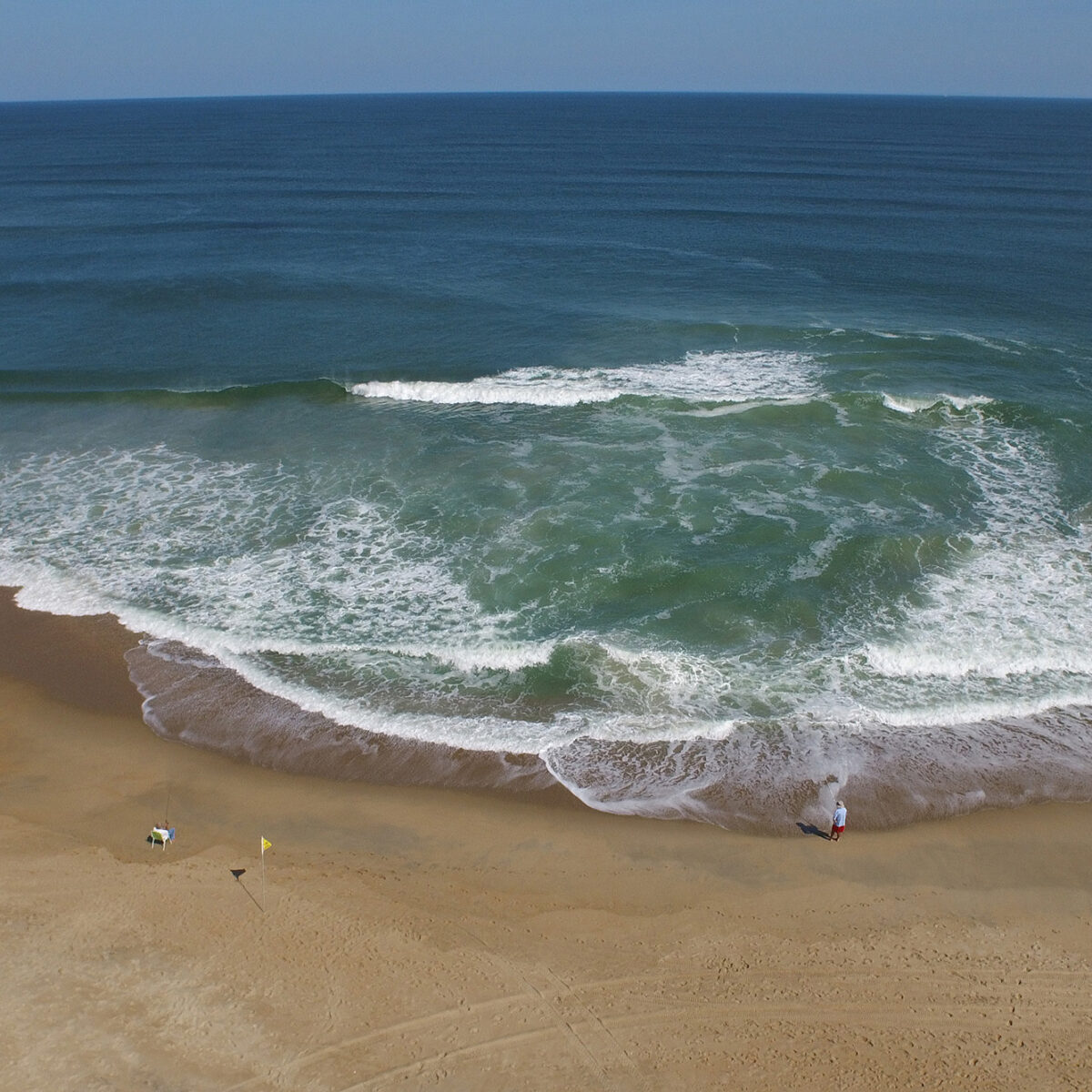
Oceanographic
&
Coastal Processes
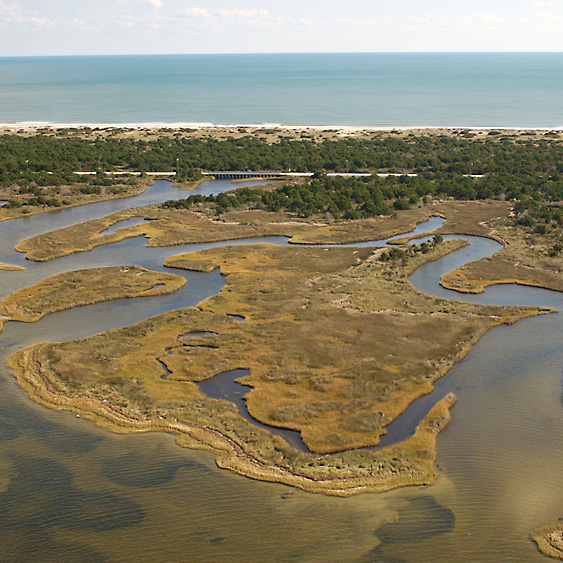
Marine & Coastal Resource Management
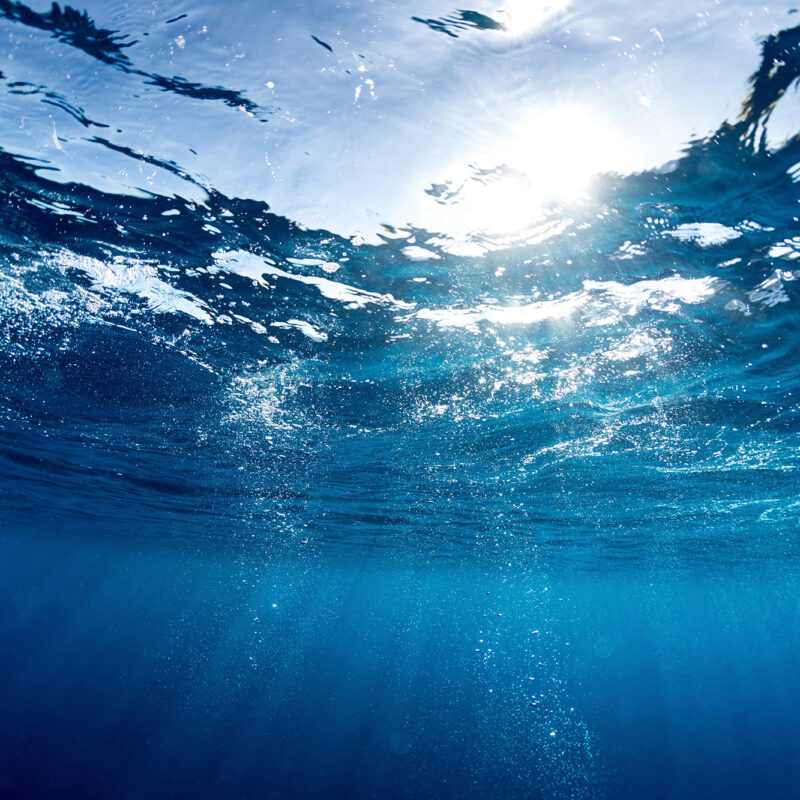

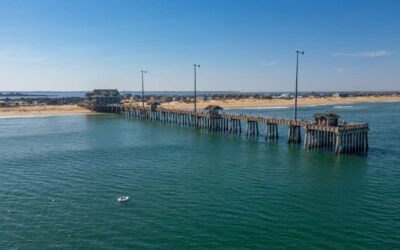
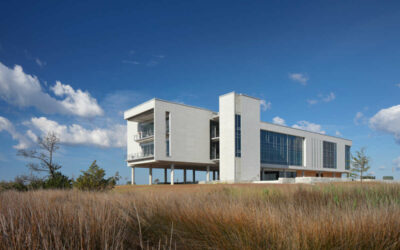
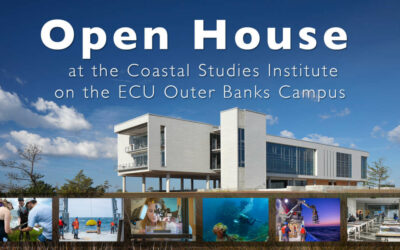

 Based at the Coastal Studies Institute (CSI), the North Carolina Renewable Ocean Energy Program (NCROEP) advances inter-disciplinary marine energy solutions across UNC System partner colleges of engineering at NC State University, UNC Charlotte, and NC A&T University. Click on the links below for more information.
Based at the Coastal Studies Institute (CSI), the North Carolina Renewable Ocean Energy Program (NCROEP) advances inter-disciplinary marine energy solutions across UNC System partner colleges of engineering at NC State University, UNC Charlotte, and NC A&T University. Click on the links below for more information. ECU's Integrated Coastal Programs (ECU ICP) is a leader in coastal and marine research, education, and engagement. ECU ICP includes the Coastal Studies Institute, ECU's Department of Coastal Studies, and ECU Diving and Water Safety.
ECU's Integrated Coastal Programs (ECU ICP) is a leader in coastal and marine research, education, and engagement. ECU ICP includes the Coastal Studies Institute, ECU's Department of Coastal Studies, and ECU Diving and Water Safety. The ECU Outer Banks campus is home to the Coastal Studies Institute.
The ECU Outer Banks campus is home to the Coastal Studies Institute.

